Tag: 2017
-
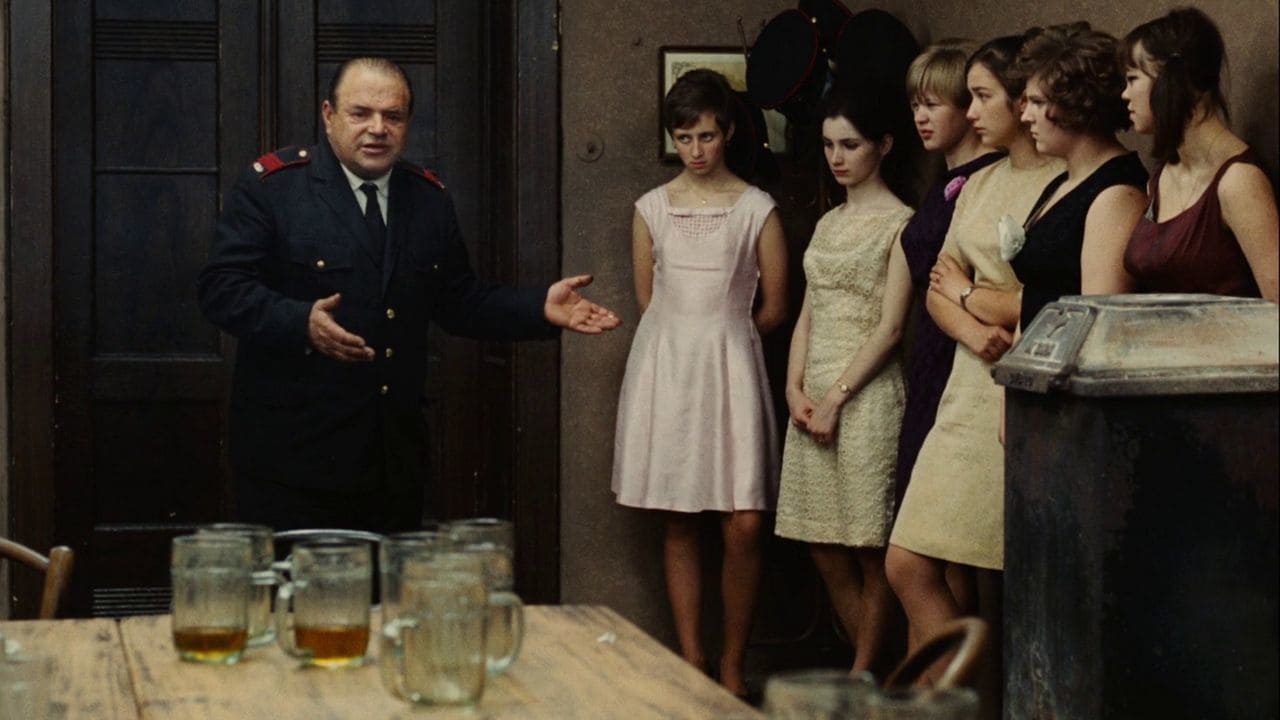
Transnational Satire: Communism v. Capitalism
Introduction and Historical Background Despite the United States’ desire to keep communism contained, it could be found everywhere in the post-war world. This essay will explore the transnationality of communism through satire, specifically Milos Forman’s The Firemen’s Ball (1967), Billy Wilder’s One, Two, Three (1961) and Stanley Kubrick’s Dr. Strangelove (1964). These three films examine…
-
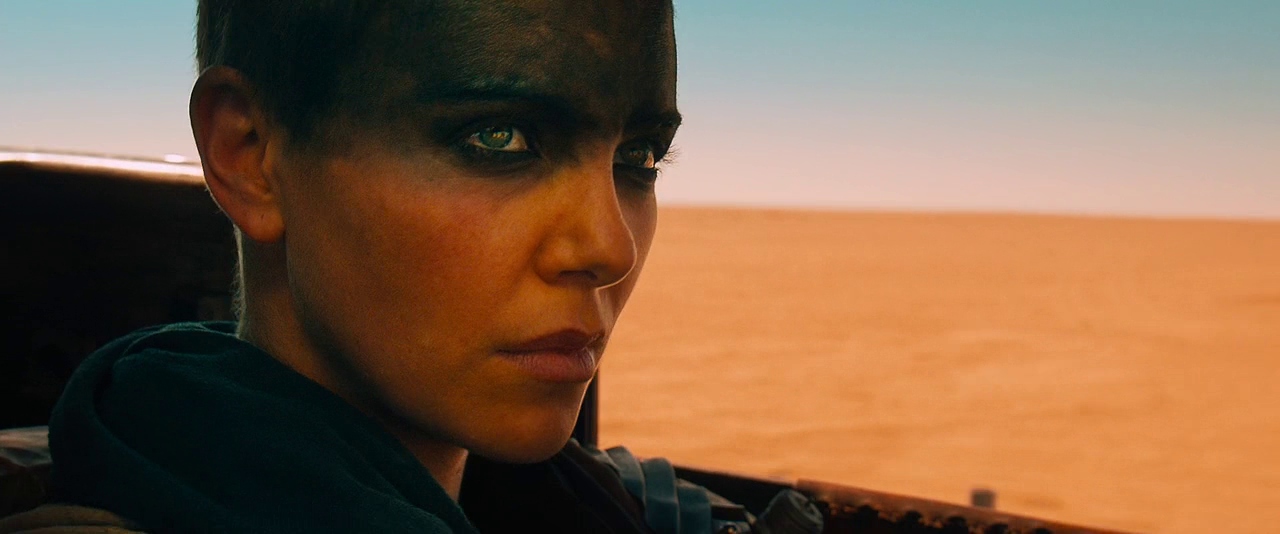
Feminism in MAD MAX: FURY ROAD
Action films are usually depicted as masculine. The main character is generally a man who endures different sorts of violence and faces threats, before eventually being victorious in the end. Meanwhile, the women in these films are often in desperation and ultimately saved by the male characters. In Mad Max: Fury Road (Miller, 2015), however,…
-
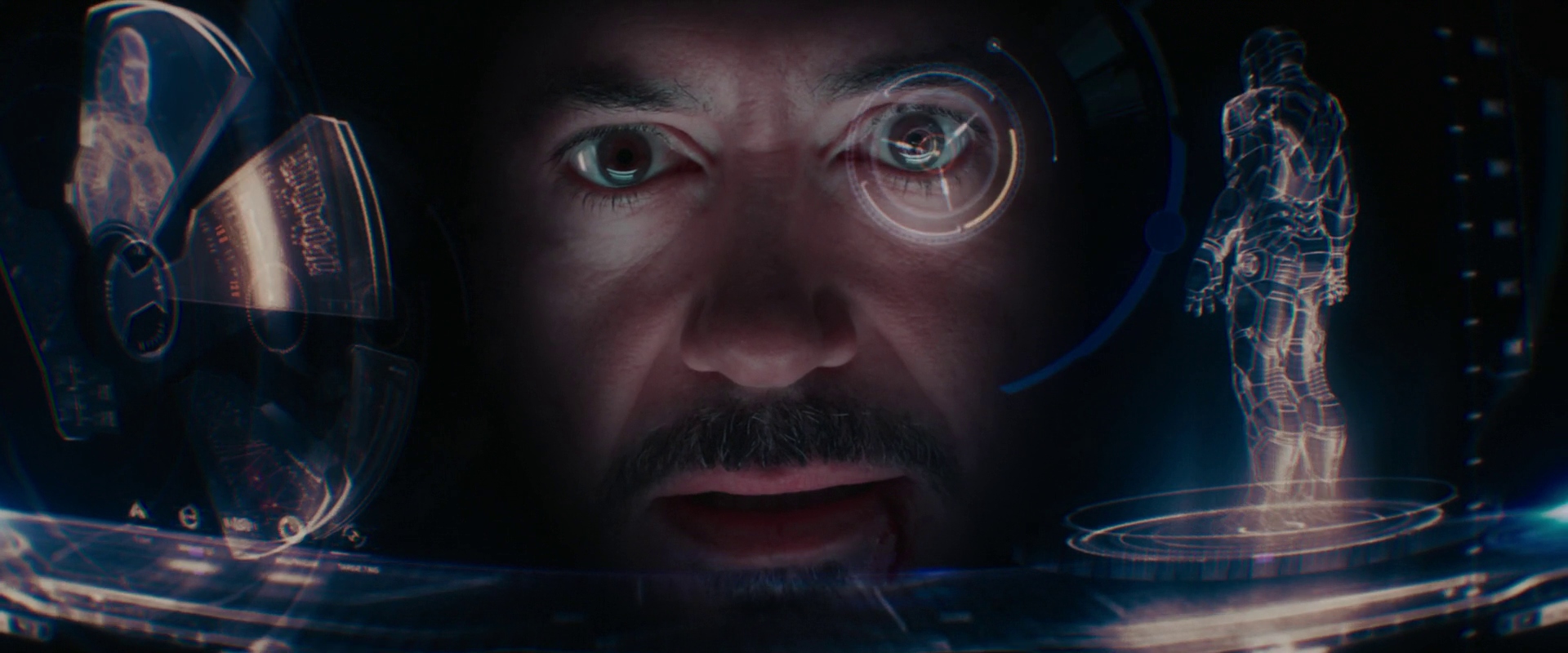
The Triumphant Comeback of Robert Downey Jr.
As many people are aware, Robert Downey Jr. has had a tumultuous life and career. Despite garnering a significant amount of celebrity in his younger years, a variety of drug use related incidents occurred during that time. Interestingly enough, those incidents have now shaped and created the star image that Downey portrays today. In a…
-
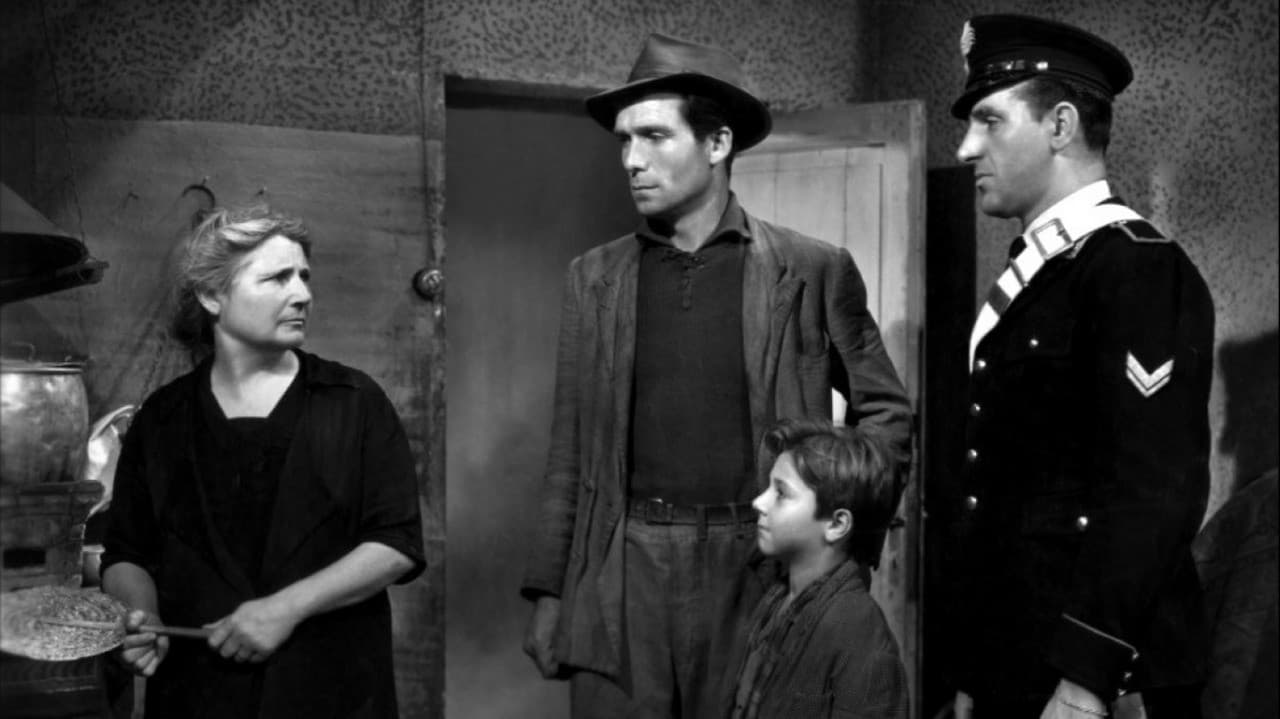
Vittorio De Sica and Italian Neorealism
After the end of World War II, several countries experienced a great post-war economic growth. However, not every country was so fortunate. Italy struggled to get back on its feet. Its citizens no longer believed or trusted those in power to make the right decisions on their behalf. Italian Neorealism rose to popularity as a…
-

Indian Cinema’s Dialogue With Neorealism: Creating Something Different Than Bollywood
From the start of Indian cinema, the Hindi language films have been popular and commercial which was influenced by Hollywood. Later on, the Hindi industry was called Bollywood because of its ties to Hollywood and it being dominant in the city of Bombay. Bollywood films followed a classic narrative similar to Hollywood. In the 1950s,…
-
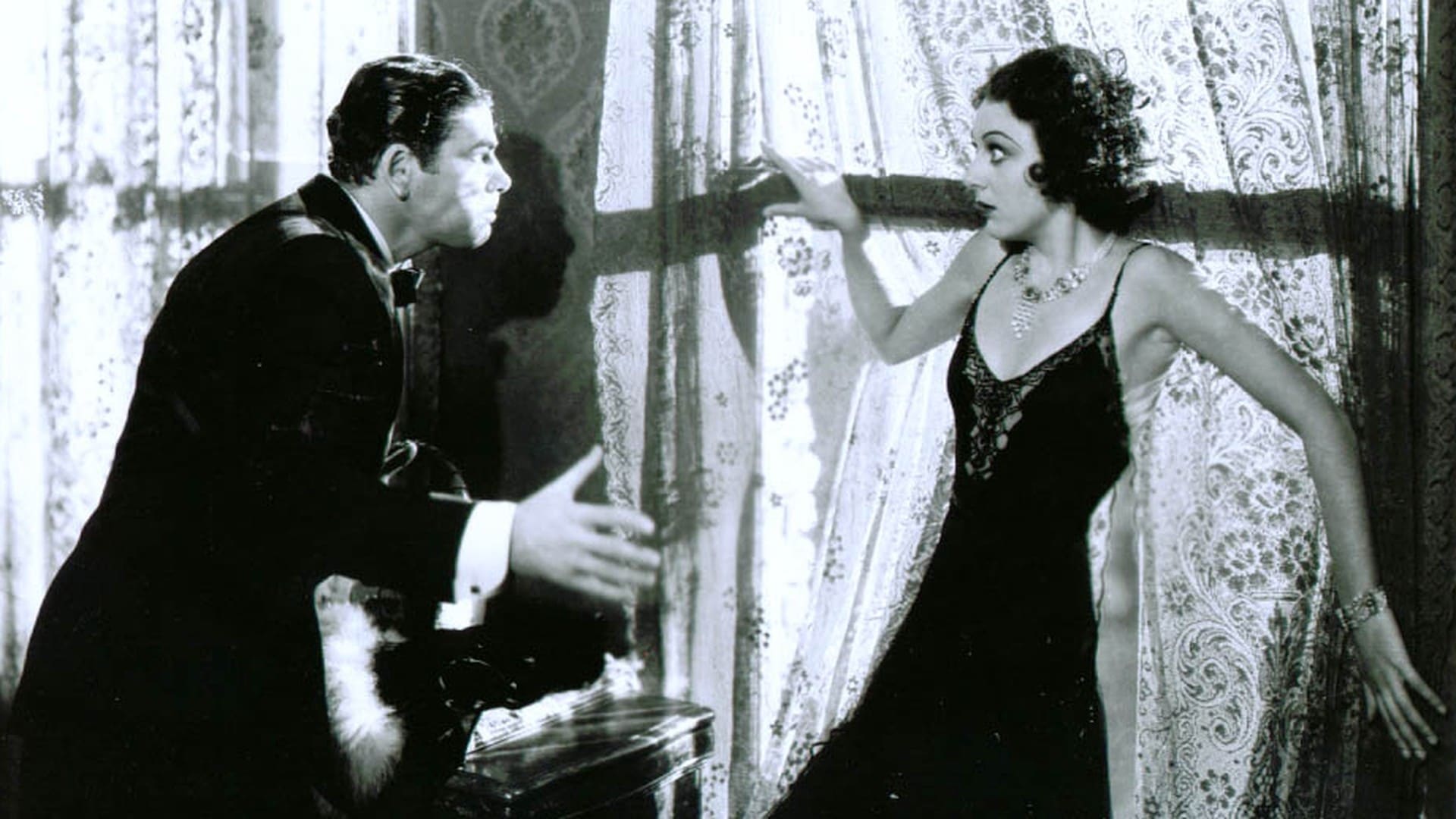
Pre-Code and SCARFACE’s Impact
In July of 1934, the Production Code Administration of Hollywood, or commonly recognized as the Hays Office, began to regulate Hollywood made films. But before this occurred, there was a brief four-year period from 1930 to 1934 where films had more ability to venture out and have free creative expression. Those four years, before filmmakers…
-
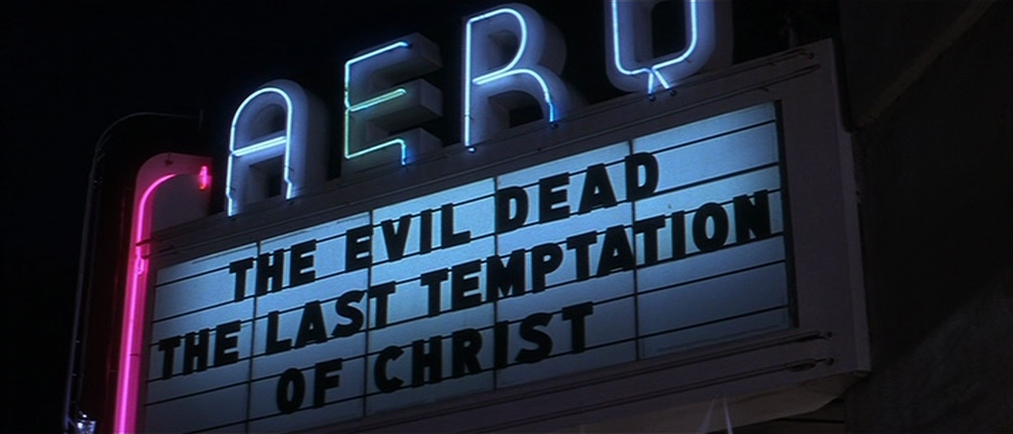
Cult Films, Cult Fans, and Cult Rituals
The power that media users possess in regards to the types of media they choose to consume is overwhelming. This power can be most evident when discussed in the realm of viewership and television ratings. If a show does not develop a strong fan base that watches every week, that television show will be canceled…
-
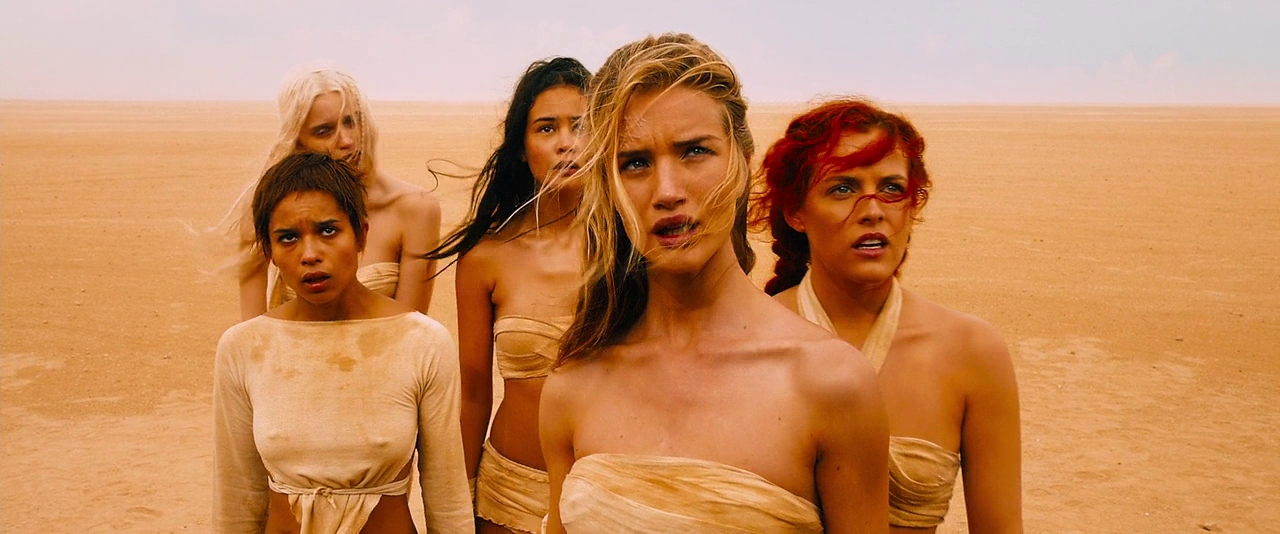
Gender and Sexuality in MAD MAX: FURY ROAD
Many stereotypes exist that associate certain qualities with one gender or the other. Males are typically associated with advantages of strength and ruggedness, while women are more so associated with being delicate and vulnerable. These assumptions appear most prominently in certain film genres, one in particular being that of action and adventure films. The movie…
-
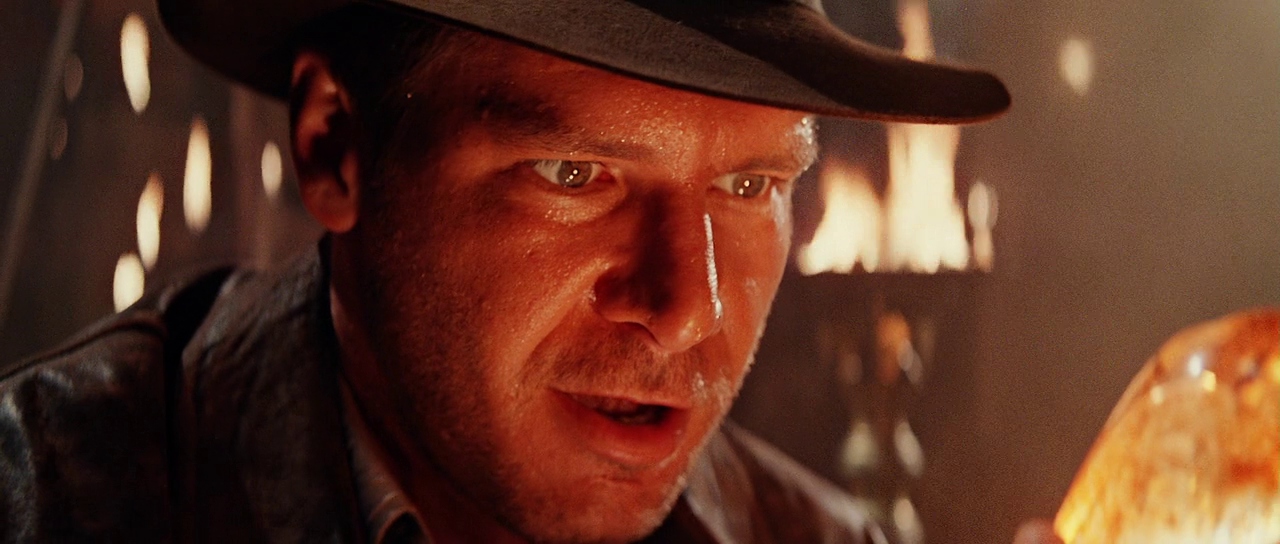
Action Adventure: Conventions, Aesthetics, and Structure
Indiana Jones and the Temple of Doom Indiana Jones and the Temple of Doom (Spielberg, 1984) has established itself as a classic action adventure film. This film, true to the series, plays on the elements of asserting white male masculinity as a symbol of modernity and superiority of the West. Through these ideas, the film…
-
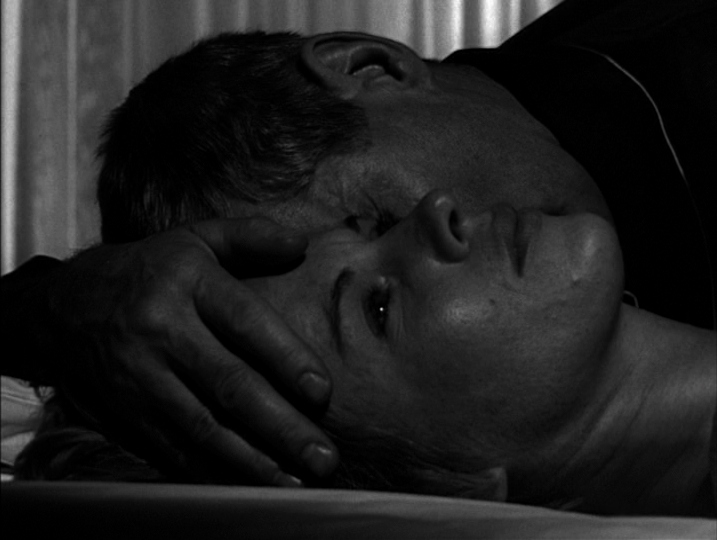
Art Cinema and Second Wave Feminism: Addressing Representations of Gender and Sexuality in a New Way
Amidst the Cold War, tensions were building worldwide regarding not only politics, but social issues as well. Along with the development of birth control, the 1960s ushered in an age of second-wave feminism concerned with sexuality, reproductive rights, and women’s roles in the family and workplace. This movement was translated into the film industry. A…